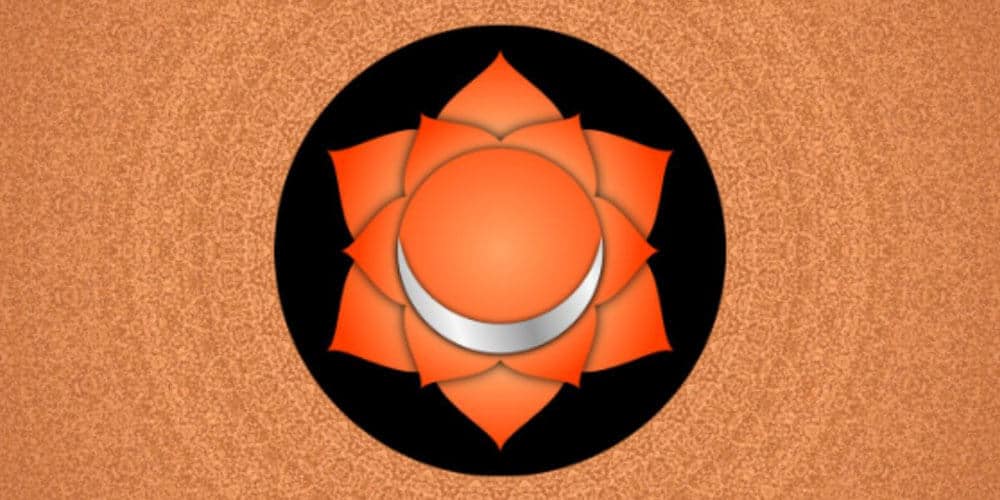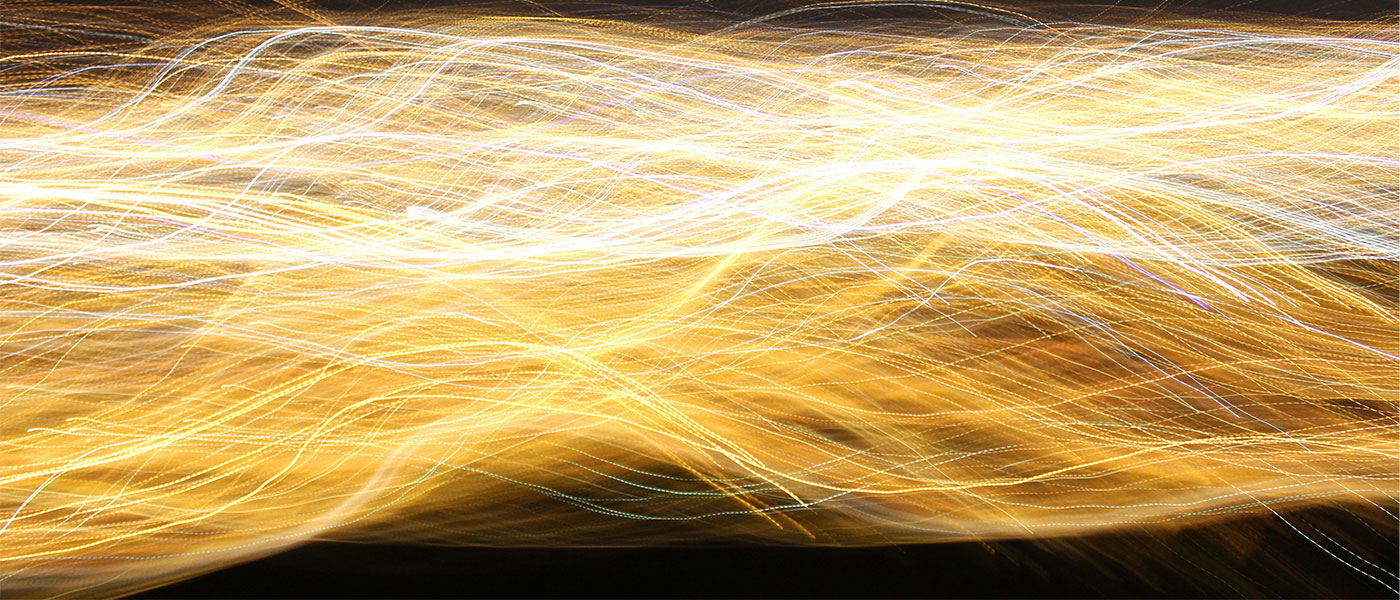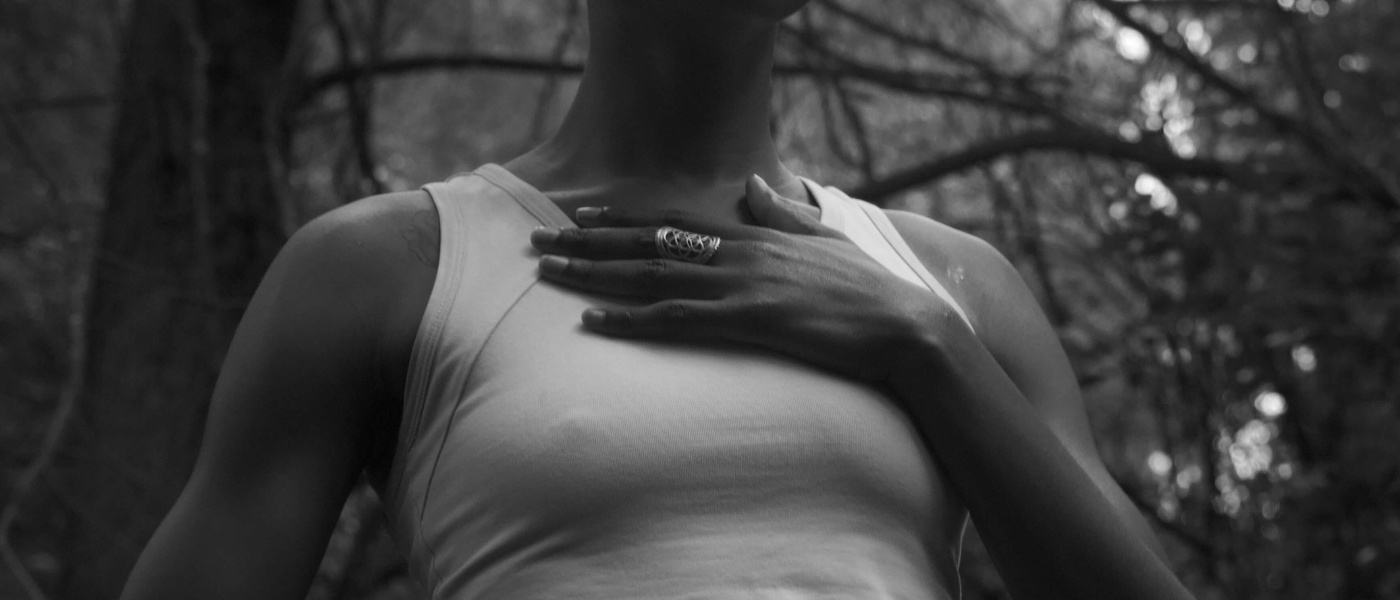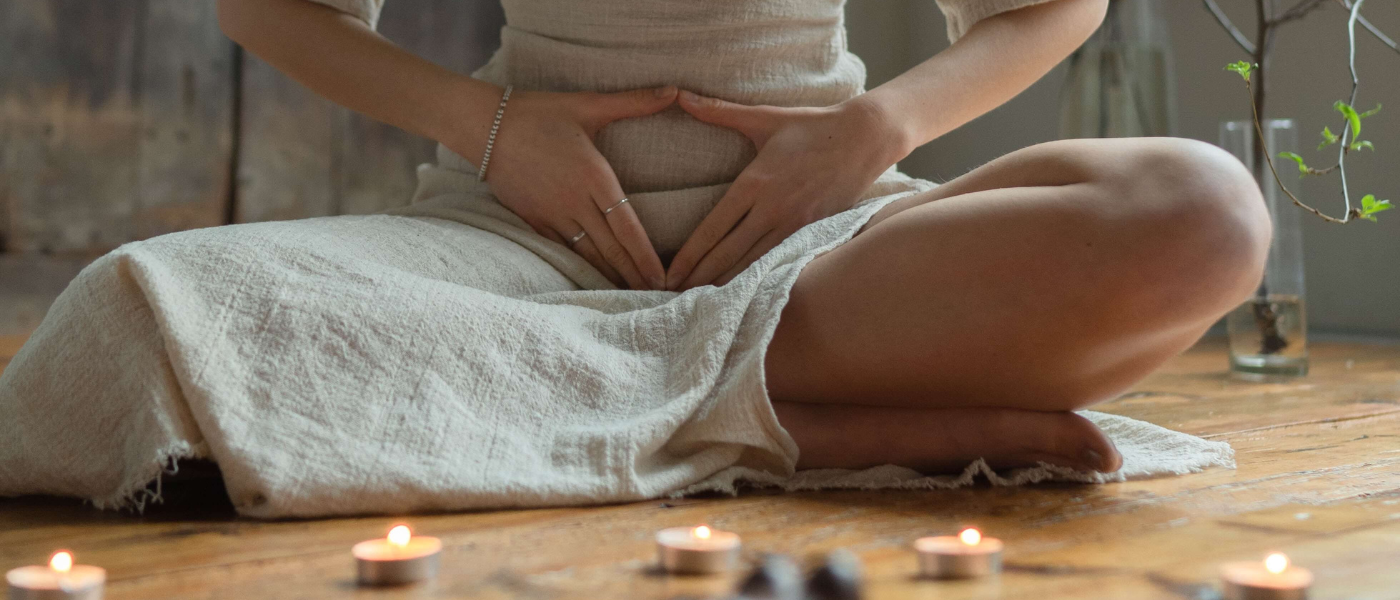what are the chakras

how the chakras can benefit you
Chakras have recently become a more popular word in daily conversation, yet many people are still unclear about what chakras really are. Questions that arise are, where do they appear in your body? And how do they play out in your everyday life?
Let’s start from the beginning…what is a Chakra?
The word chakra comes from the Sanskrit word chakra which means “wheel”. Chakras are main energy centres in our body running along our spine, from your tailbone towards the top of the crown, shining in all various colors of the rainbow.
They are part of our energy body, which we can’t usually see with our eyes, and can be seen only when we are very psychically open and trained in energetic work.
From a yogic and holistic perspective the human being doesn’t exist only as flesh, bones, and blood, but first as an energetic being, or you can say, a soul.
“You don’t have a soul. You are a soul. You have a body” – C.S. Lewis.
There are 9 fundamental universal forces on earth, but 7 major ones which manifest as chakras in the human body and which I will focus on in this article.
Ancient yogis discovered the chakras in deep meditative states, sensing the different colors and qualities of the energy centers as bundles of nerves around the spine. Often chakras are shown as a vortex of swirling energy or as a flower symbol (called a yantra symbol) with a certain amount of petals.
Every chakra has its own number of ‘flower petals’, and is demonstrated in a Yantra symbol. These petals are related to the different Nadis meeting at this very particular chakra. Nadis are energetic pathways through which prana (life-force – also known as chi in Chinese medicine) flows.
Prana is your essence, it is the life-giving force and we recieve it from many areas of our life.
We find prana in sunlight, food (which is grown through light) and nature. Prana is what keeps us all alive and vibrates through our cells.
Through yogic practices like pranayama techniques (breath control), meditation, bandha-work (energy locks) and asana practice we can increase the amount of prana we take in through our lungs and cells.
The most potent fields of pranic environment we can find near the ocean, in nature, forests and in very high vibrancy food (or highly nutritious).
We take prana in from the outside and at the same time, also on an individual level in our lives, through the chakras.
Through some of our chakras the prana flow may be more fluent, and through some chakras, the prana flow might be depleted, or even too strong depending on your constitution, experiences, and how we treat ourselves in life.
As we move into the knowledge of the different chakras it is interesting to discover which chakras are already strong inside of us, which are balanced, and which are depleted or over active/too strong.
The goal to live in a balanced state in body, mind, and soul and to be healthy in your energy body as well as our physical body.
It’s essential that our seven main chakras stay open, aligned, and fluid. If there is a blockage, energy (prana/chi) cannot flow and disease can settle in.
“When the energetic body is healed the physical body will follow”
– Yogi Bhajan (Brought Kundalini Yoga to the West).
As stated about, each of our chakras has a specific location in the physical body, its own color, element, mantra, connected organs, a sense of perception, and specific qualities and characteristics.
There are even specific flowers, stones and yoga poses to strengthen or balance a particular energy center in our body.
As the chakras system is a very detailed system, here is a brief overview of the different chakras, their qualities, and location in the body.
1. Chakra – Muladhara / Root chakra.

Color: Red.
Yantra symbol: Yellow square in 4, sided red mandala.
Element: Earth.
Force: Gravity, primal force in material creation.
Physical location: End of the spine, pelvic floor, tailbone.
• Characteristics when chakra is balanced.
Rooted; trust in life; being supported and held by life; feeling secure and taken care of; primary instinct; survival; power to survive; sustainability; security; stability; grounded; and the satisfaction of primal needs.
Sense perception / Jnanendriya: smelling.
Physical body / Karmendriya: the feet, moving towards or away from something, closest contact with the earth, legs.
Organs: testes, kidneys, spine.
Mantra: I AM.
Bija / sound mantra: LUNG.
2. Chakra – Swadhistana / home of the self (the small one) / Sacral chakra.

Color: Orange.
Yantra symbol: Crescent moon in 6, sided mandala.
Element: Water.
Force: Adhesion, covalence, bonds between atoms and
molecules.
Physical location: Sacrum.
• Characteristics when chakra is balanced.
Going with the flow; letting go; creativity; emotions; sexuality; acceptance;open-mind; sensitivity; nurturing; socialization; sharing energy in various forms of relationships; vitality; fertility; sensuality; movability; and flexibility.
• Sense perception / Jnanendriya: tasting.
• Physical body / Karmendriya: hands; being creative with our hands; music; painting.
• Organs: sex organs, bladder, fluids in the body, prostate, ovaries, kidneys.
• Mantra: I FEEL.
• Bija / sound mantra: VUNG.
3. Chakra – Manipura / Solar plexus chakra – City of jewels.

Color: Yellow.
Yantra symbol: Red, downward looking triangle yellow 10 –
sided mandala.
Element: Fire / sun center.
Force: Combustion/burning/verbrennun; the force of change and transformation; liberation of energy; energy we feel
as heat; energy we see as light; campfire; sun; digestive fire
(agni); changing food into energy.
Physical location: Two fingers above the navel.
• Characteristics when chakra is balanced.
Self-determination; willpower; self-expressive into the world; artistic confident; generous; protective; lively; active; ambitious; motivated; initiators of plans; loves change, spontaneity, power and action.
• Sense perception / Jnanendriya: seeing, there is a neurological connection between the eyes and the optic nerve and the solar plexus.
• Physical body / Karmendriya: the anus, the end of the digestive tract and the control point of letting go.
• Organs: intestines, pancreas, liver, bladder, stomach, upper spine.
4. Chakra – Anahata / Heart chakra – Center of un-struck sound.

Color: Green, light rose/pink.
Yantra symbol: Two interlaced triangles, circled by 12 – sided mandala.
Element: air.
Force: Expansion/repulsion; all expansion outward moving force in the universe; force that makes us breathe keeps the heart beating.
Physical location: Heart center/chest.
• Characteristics when chakra is balanced.
• Heart opening; loving; compassion; love-giving; seeing each being as divine; nonjudgmental; purity; love; acceptance; tolerance; forgiveness, joy.
• Sense perception / Jnanendriya: feeling.
• Physical body / Karmendriya: heart, need to feel, orgasm, blissful.
• Organs: heart, lungs, skin.
• Mantra: I LOVE.
• Bija / sound mantra: YUNG.
5. Chakra – Vishuddha / Center of purity (under the matter, sound and vibration is the purest form of reality) – Throat chakra.

Color: Blue.
Yantra symbol: Pink oval, in blue 16 – sided mandala.
Element: Ether, electromagnetic vibration.
Force: Electromagnetism; vibration at a wide range of frequency;
vibrant force; infinite space through light waves; vibrations through
our brain cells; stimulating thoughts; free-flowing vibrant power.
Physical location: In the throat.
• Characteristics when chakra is balanced.
Life becomes “adjustable”; communication; inspiration; ability to express our truth; fearlessness; individual ability of expression; exchange of knowledge; exchange with the surroundings.
• Sense perception / Jnanendriya: hearing.
• Physical body / Karmendriya: throat, voice, speaking or singing.
• Organs: bronchial tubes, vocal cords, respiratory system, and all areas of the mouth, including tongue and esophagus.
• Mantra: I SPEAK.
• Bija / sound mantra: HUNG.
6. Chakra – Ajna / 3rd Eye – Command center.

Color: Violet, indigo.
Yantra symbol: Circle with two side petals.
Element: Mind, elemental force of mind knows as magnetism.
Force: Magnetism, magnetic patterns which hold every particle or wave in its place or in its path.
Physical location: Between the eyebrows.
• Characteristics when chakra is balanced.
Intuition, access to inner wisdom, imagination, conception, understanding of relating inner processes, visionary, spiritual awareness.
• Sense perception / Jnanendriya: extrasensory perception, psychic abilities.
• Organs: nose, eyes, ears, face, brain.
• Mantra: I SEE.
• Bija / sound mantra: UNG (ng sound).
7. Chakra – Sahas-Rara – Crown chakra.

Color: White, Gold.
Yantra symbol: Thousand petaled lotus.
Element: Awareness.
Force: consciousness, awareness, spiritual essence.
Physical location: Crown, top of the head.
• Characteristics when chakra is balanced.
Opening to the divine; spirituality; universal love; higher knowing; cosmic; consciousness; enlightenment; reflection; meditation; pure awareness.
• Sense perception / Jnanendriya: all.
• Organs: skull, cerebrum, spinal cord and brain system.
• Mantra: I KNOW.
• Bija / sound mantra: AUM / OM.
When you have read through the different chakras you might notice that some chakras seem quite balanced, and other ones might feel or seem more depleted or difficult to connect with.
This can give us a hint for our present state in life, and our general consitution.
The chakra system is an amazing opportunity to get to know ourselves better, and what our strengths are, and what can we work on.
It helps us learn what is already balanced and what we have to take care of. As you balance, you grow as a spiritual being and able to move more towards a healthy, vibrant and more balanced version of yourself.
To make it a bit more relatable to you, here are 2 examples you can use to help relate your chakra knowledge to your life:
• For the first example, we will consider when you are going through a phase of change or transition in your life, such as losing or changing your job, moving to another city, or ending a relationship.
You most likely have feelings of insecurity and are feeling a bit ungrounded, because literally the ‘earth is shaking’ for you and your existence.
That means your 1st chakra, the root chakra of security and stability, is being challenged and may be out of balance.
During those phases in your life, it’s important to nurture and give yourself the extra love and security by spending time with loving friends.
It would aslo be a time of trusting in life, and that everything happens for a reason, and everything will be alright, even if it might not seem like it in this specific moment.
• Another example to consider would be if you have a very silent voice and it’s hard for you to speak up.
You might even have problems with your voice, lots of tension in the neck area, or your thyroid.
These could be signs of a depleted 5th chakra – throat chakra. The chakra of expression, being able to express your truth and speaking up, and being heard. Singing and expression lessons like theater play would be great to balance this chakra out.
To depart
Now that you understand the basic of your chakra system, you can begin to feel into them and see how the effect your everyday life and take action to become a more balanced spiritual being.
To delve deeper into the chakra system read Wheels of Light, by Rosalyn L. Bruyere. It is a fascinating book which can help you to understand yourselves and others better.
Resources: Facebook: Wanda Badwal Yoga – Instagram: @WandaBawal



